Description
Ring of Earth
Stories by William Woolfitt
ISBN: 978-1-956440-59-1 paperback $20.95
ISBN: 978-1-956440-60-7 ebook $9.99
September 19, 2023
Humankind confronts its fraught relationship with the natural world in the stories of Ring of Earth, where William Woolfitt traces the history of survival and resistance in his home region of Appalachia. Woolfitt’s characters find ways to reclaim, repossess, and re-sacralize what’s been taken from them, to reckon with the destruction of their environments, cultures, homes, and bodies. “The Sinks of Gandy” is based on historical accounts of a woman who shot one of the last eastern elks near Spruce Knob in the 1830s; in “Fire Season,” a dying father watches through his window the red spruce forests burning. Clay eaters, orphans, child miners, immigrant laborers, and the victims of illegal sterilizations are among the survivors in Ring of Earth who bear witness to our broken land as they search for the hope and the mystery that might still be “running and running beneath the shell of the earth.”
Original cover photo “Golden Pockets” by Erin Case
Praise for Ring of Earth:
The rich quiet of William Woolfitt’s unforgettable Ring of Earth shines darkly with the overlooked and wasted energies of youth and decay in rural America. But there’s also hope here. Listen for it in Woolfitt’s concise lyricisms as he listens for consolation in Earth’s small souls and silences: hearts of trees, eyes of whirligig beetles, wordless water whorls. Such deep empathy does he feel for other beings that his human characters physically experience the anguish of sick waters and trees afire, an intimate mirroring conveyed with the precise obliqueness of Raymond Carver.—Mandy-Suzanne Wong, author of The Box
Ring of Earth is full of gorgeous, surprising stories. At times, William Woolfitt seems capable of hearing the songs in the hearts of ghosts, and he can put them on the page for you. Yet all his characters, historical and contemporary, are fiercely alive. This book springs from a deep sense of place, and keen knowledge of both the grit and sweetness of Appalachian lives. This is a work of extraordinary imagination and lyricism.—Laura Long, author of Out of Peel Tree
In Ring of Earth, Will Woolfitt gives us stories that feel at once modern and as ancient as the Appalachian mountains, pulsing with life, and love, and memory, and tradition, but also not looking away from the hard things. Woolfitt’s control of language will charm the reader, pull them in, and fill their hearts.—Natalie Sypolt, author of The Sound of Holding Your Breath
Woolfitt’s language is muscular, fresh, and sharp enough to slice open our vision.—Cathryn Hankla, author of Fortune Teller Miracle Fish
I can’t stop thinking about this cast of hog farmers, coal miners, country doctors, and children straining against prescribed futures–all of them finely drawn characters who move fitfully against the backdrop of an ailing landscape. Lyrical and deeply moving, these stories are both a paean to the solace we find in nature and a warning against its thoughtless destruction.—Veronica Montes, author of Benedicta Takes Wing
Sad and evocative, Woolfitt’s collection is reminiscent of early Ron Rash, Breece Pancake, and, at its best, Fred Chappell. Ring of Earth’s Appalachian folk struggle on hard yet striking landscapes, go hungry, dream of beach vacations, work in dirty mines, and sleep on shared blankets before fires that are always dying. Women work beside men, give birth to stillborn babies, and cater to partners who hibernate long winters in rooms that reek of despair. And yet, amidst the wreck of land and body, these pieces flare. Despite their lyric hunger and darkness, there is light, if only for a moment.—Michael Gills, author of Before All Who Have Ever Seen This Disappear
 William Woolfitt’s fiction chapbook, The Boy with Fire in His Mouth (2014), won the Epiphany Editions contest judged by Darin Strauss. He has also written several books of poems, including Spring Up Everlasting (Mercer University Press, 2020). His short stories and essays have been published in Tin House, Best Small Fictions, The Cincinnati Review, Appalachian Review, Epoch, Michigan Quarterly Review, and elsewhere. After growing up in West Virginia, Woolfitt relocated to another part of Appalachia—Cleveland, Tennessee, where he lives with his family and teaches college writing classes.
William Woolfitt’s fiction chapbook, The Boy with Fire in His Mouth (2014), won the Epiphany Editions contest judged by Darin Strauss. He has also written several books of poems, including Spring Up Everlasting (Mercer University Press, 2020). His short stories and essays have been published in Tin House, Best Small Fictions, The Cincinnati Review, Appalachian Review, Epoch, Michigan Quarterly Review, and elsewhere. After growing up in West Virginia, Woolfitt relocated to another part of Appalachia—Cleveland, Tennessee, where he lives with his family and teaches college writing classes.

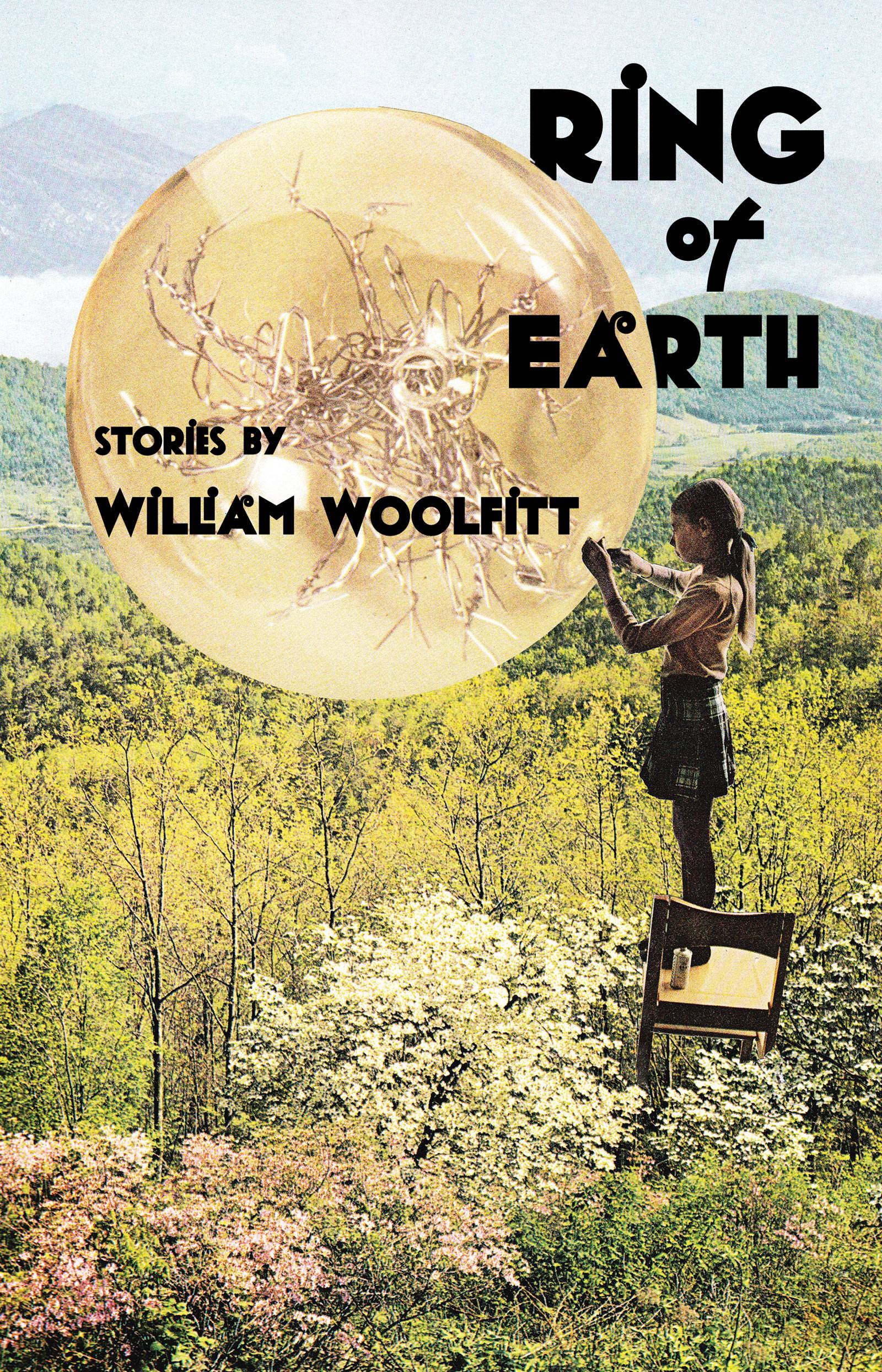
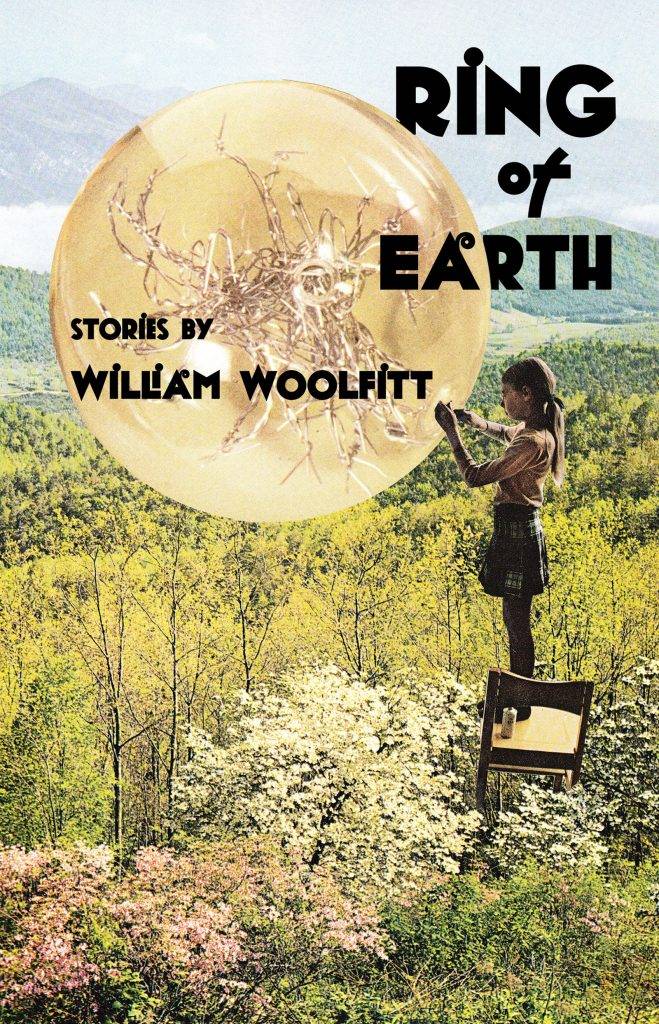
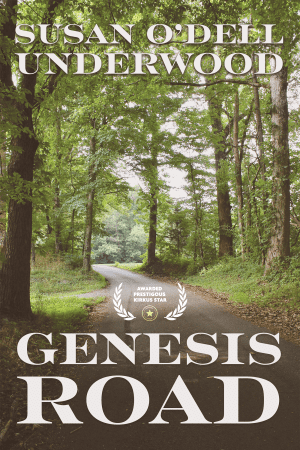
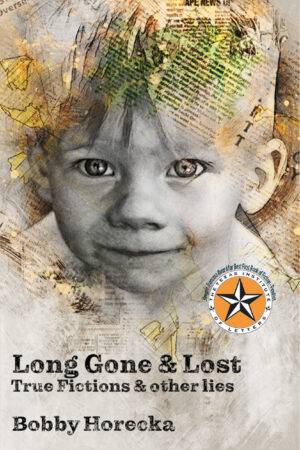
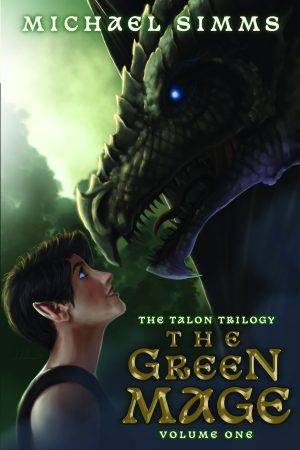
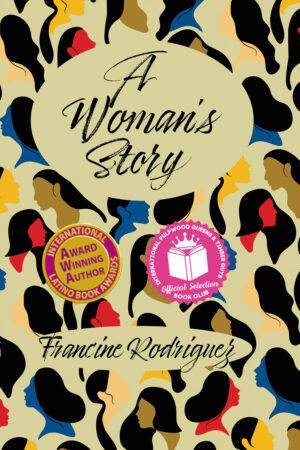
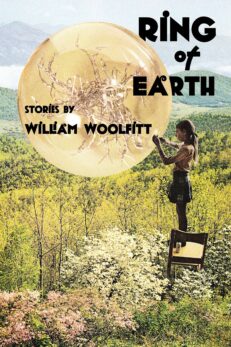
kpdavis –
William Woolfit forces us to look at the mess we’ve made. He brings to light the lives of people we sometimes try to look away from. Like Ursula K. LeGuin’s “The Ones Who Walk Away from Omelas,” Woolfitt shows us the hidden dirty children who bear all the sin of the community that the rest may prosper.